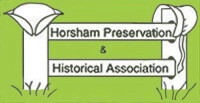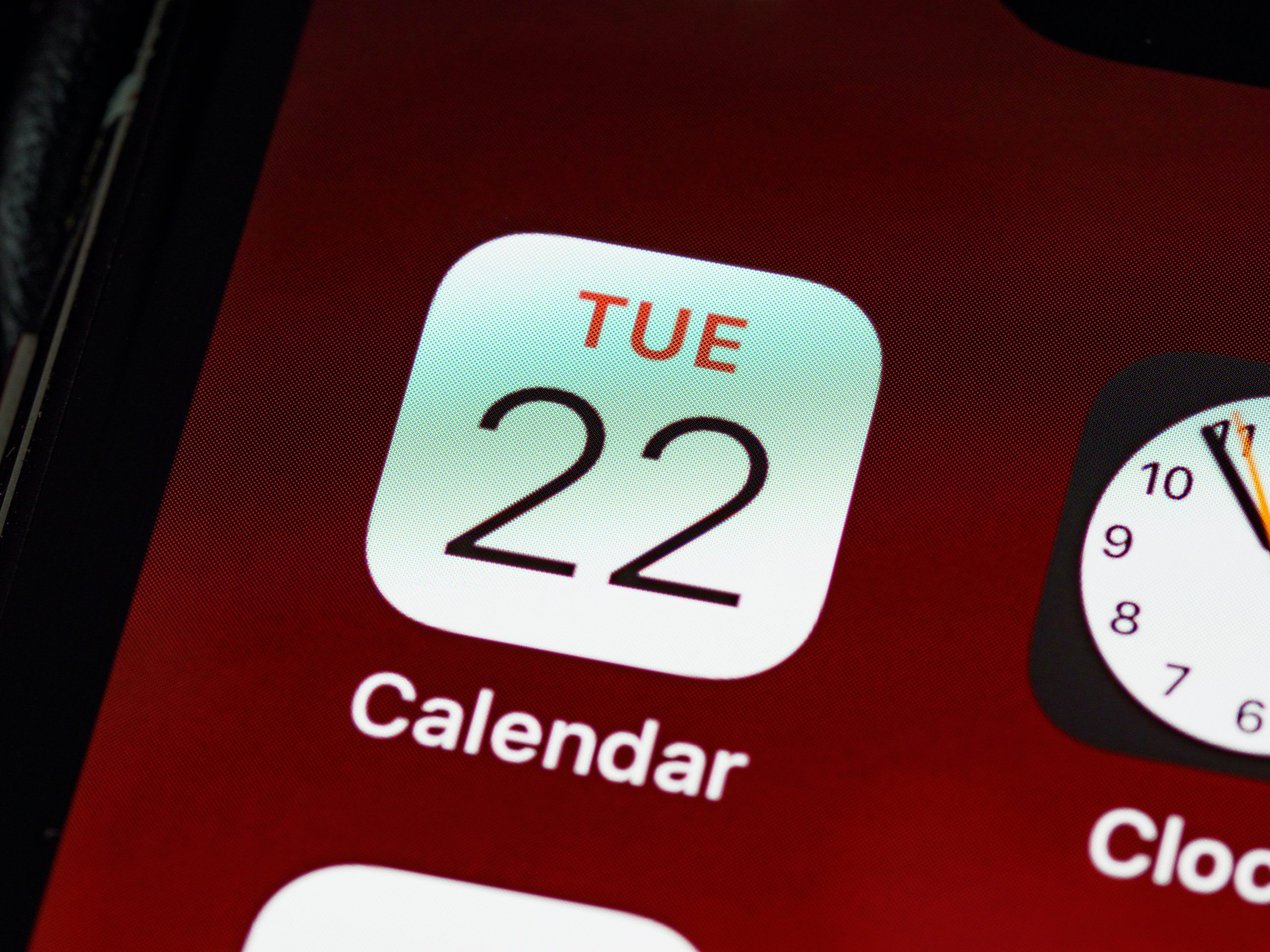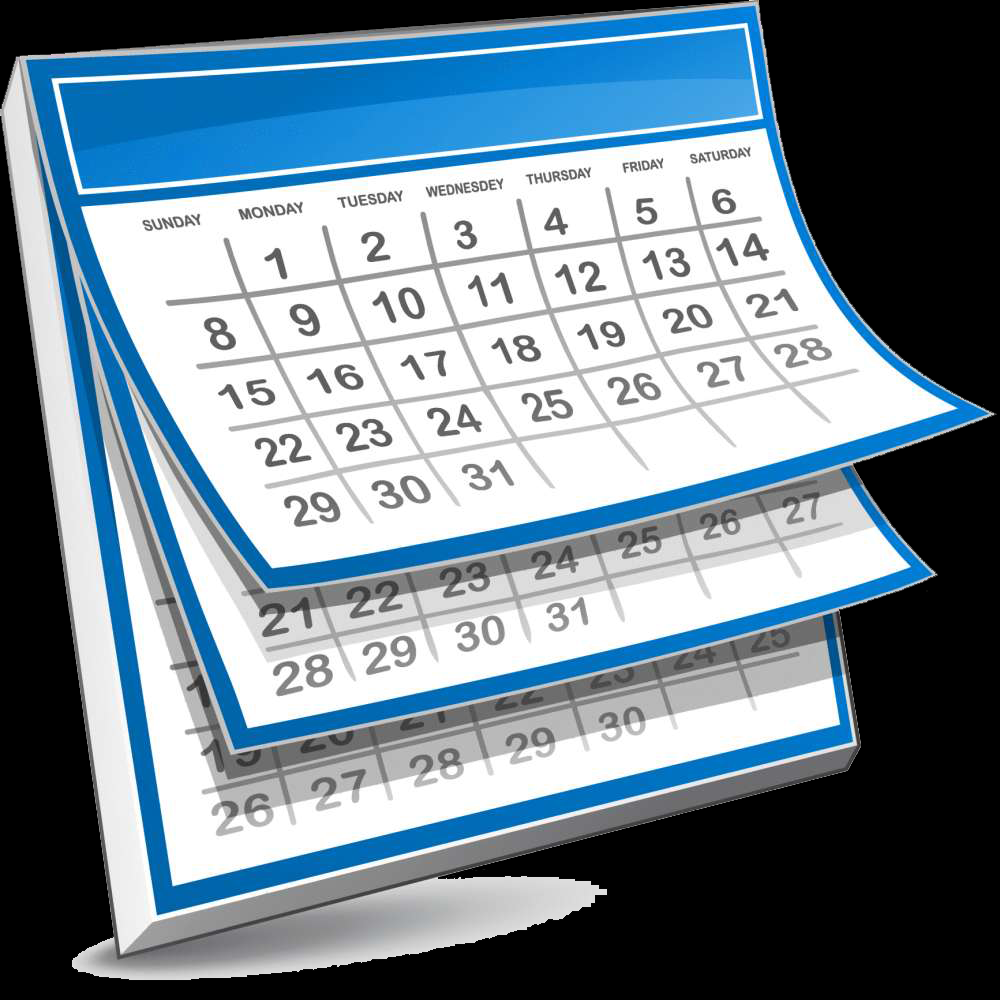Dr Thomas Graeme
Dr. Thomas Graeme (October 20, 1688-September 4, 1772) was the son-in-law of Sir William Keith, and the prominent port physician of Philadelphia. He purchased the remainder of what had been Sir William Keith’s Fountain Low Estate in Horsham. Graeme transformed what was likely a failed attempt at a brewery/distillery in the middle of the forest into a working farm and country estate.
Dr Graeme was born at the family seat at Balgowan, in Perthshire, Scotland, October 20, 1688. Dr Benjamin Rush described him as “”a person of excellent education and agreeable manners .. and for nearly half a century maintained the front rank in his profession” 148

Dr. Graeme traveled to Philadelphia with the Keiths in 1717 as their family physician upon Sir William’s appointment as Governor in 1718, and in 1719 married Keith’s step-daughter Ann Diggs. Graeme gained prominence as Port Physician from 1728 to 1740 during the vast migration of Germans to Pennsylvania. Disease was rampant in the overcrowded vessels, and it is to his credit that during his administration there were no major epidemics in Philadelphia. He held a number of other positions including Provincial Counsellor, and Justice of the Superior Court. He was co-founder of the Pennsylvania Hospital.
Keith and Graeme were distantly related by marriage, Graeme’s sister was married to a step-uncle of Keith. A relative of Keith’s had also reportedly taken refuge in Balgowan, the Graeme family seat in Scotland after the battle of Sherriff Muir, so Keith may have owed Graeme a favor.89
James Logan (mayor of Philadelphia in 1722 and later acting governor of PA), some years later, speaks of the battle (Jacobean loss at sherrifmuir) and a closet (?), apparently a refuge after the battle, having given Thomas Graeme a claim upon Keith. Keith’s kinsman, the young Earl Marischal, may have hid at the Graeme seat, Balgowan, before leaving Scotland, with a price upon his head, losing his title by attainder.89
Fountain Low
Keith, in 1718, had acquired a large piece of land from the estate of Samuel Carpenter in 1718 (see more about this acquisition). He called this 1735 acre estate Fountain Low. Before leaving Pennsylvania in 1727 he reportedly executed 2 indentures selling his personal property to Dr Graeme and Thomas Sober for £500, and a second indenture to pay Lady Anne £200 per year. citation needed He failed to make these payments so on April 23, 1731 he executed an indenture in England naming Dr Graeme, his eldest son Alexander Henry Keith, and others as trustees of 934 acres of Fountain Low held in trust for Lady Anne. 89 Between 1727 and 1731 900 acres of this was sold off.2

Graeme Park
In 1737 Dr. Thomas Graeme purchased the remaining 835 acres of his mother-in-law’s (Lady Anne Keith) estate. This had been sold a short time before at public sale to help with Lady Anne’s debts to Joseph Turner, but Graeme bought it from Turner shortly after.2 He transformed it into his summer home and renamed it “Graeme Park”.
“The deed of August 16, 1737, for the balance of the estate at Horsham recites that she had been obliged for her support to contract large debts, for the payment of which and her future support the Trustees, at her request, had sold the eight hundred and thirty-four acres at public sale for seven hundred and fifty pounds Pennsylvania money. In December following the purchaser reconveyed to her son in-law, Dr. Graeme, who, we believe, notwithstanding the language of Watson (who described her as “unnoticed and almost forgotten” when she died), never allowed Lady Ann to starve.” (89 pp. 32-32)
Dr. Graeme probably maintained his main residence in Philadelphia until at least 1747 when his health began to deteriorate. He then began to transform – reportedly with much assistance from his daughter Elizabeth – the property into a splendid colonial estate. As part of his improvements, Graeme installed Georgian panelling in the Parlor, the Master Bedchamber, and several other rooms, built an outdoor kitchen, and “grained” several of the chamber doors for effect. He also laid out a formal garden to the front of the mansion and established a 300 acre Deer Park to make it “a piece of Beauty and Ornament to a dwelling (that any English noble) would be proud to have … by his house.” 79
The Art Institute of Chicago81 and Winterthur Museum82 both attempted to buy this woodwork from Welsh Strawbridge after he purchased Graeme Park in 1920 – the interior of Independence Hall in Philadelphia was reconstructed by the National Park Service beginning in 1953 to return the hall to its 18th century appearance, the interior of the Keith House is said to have been used as a model for this.
Dr. Graeme’s youngest daughter Elizabeth had had her heart broken a number of times, but in 1772 was engaged to a Scot Henry Hugh Fergusson. Fregusson had to return to Scotland and Dr Graeme advised that the wedding be held when he returned. Elizabeth disregarded this advice and secretly married before Fergusson left. She was planning to tell her father when tragedy struck.
“I sat on the bench at the window and watched him coming up the avenue. It was a terrible task to prepare. I was in agony; at every step he was approaching nearer. As he reached the tenant house he fell and died. Had I told him the day before, as I thought of doing, I should have reproached myself for his death and gone crazy.”
Elizabeth Graeme Fergusson90

Dr. Graeme died in 1772 at the age of eighty-four while walking at Graeme Park, and left the estate to his youngest daughter, Elizabeth. It is not known exactly how many children Dr and Mrs Graeme had, but it is at least 9 per baptismal records and could be as high as 12, including a twin of Elizabeth named Sarah who died in infancy. Dr. Graeme is said to have had a heart attack in the garden just before Elizabeth had planned to tell him that she had married Hugh Fergusson against his wishes.”
“On Friday last, September 4, 1772, died suddenly, at his seat at Graeme Park, Thomas Graeme, Esq., M. D., aged eighty-four years, Naval Officer of the Port of Philadelphia. He was descended from an ancient family in Scotland, and possessed all the natural talents of a Gentleman, improved by a liberal education. He was blest with a clear Head, a Masculine Understanding, and a happy, Sagacity, which justly placed him for Half a Century at the Head of his Profession, as a Physician, in this city. His Practice was fair and honorable, distinguished as well by his Medical Abilities and communicative Temper, as by a natural Philanthropy, that led him equally to the most affectionate and diligent Attendance on all his Patients, and to the charitable Relief of the numerous Poor who applied to him. He likewise long filled an important civil office, closely connected with the Trading Interest of this Province ; and, hating Covetousness, conducted himself therein with so much justice and Moderation, that he carried to the Grave with him, a character universally beloved for Integrity in his public Trust, as well as for the Amiable Virtues of Humanity in his private Station. From Temperance, and an extraordinary Vigor of Constitution, he attained fullness of Years. He was interred Sunday Forenoon, in Christ Church-yard, in this city, and the Esteem in which he lived, was testified by the great concourse of respectable Inhabitants of all Denominations, who attended his funeral.” 90
His daughter Elizabeth wrote his epitaph:
“The soul that lived within this Crumbling dust
In every Act was Eminently just.
Peaceful through Life, as peaceful, too, in death,
Without one Pang, he rendered back his breath.”
Dr. Graeme died just before the Revolutionary War. Graeme Park during the 1760s was said to rival any English estate and was a place where the top society of Philadelphia were often entertained. Graeme’s death and the oncoming war ended this and plunged his daughter into turmoil and near poverty.
Lady Ann Diggs Keith Graeme
Ann Diggs, the daughter of Ann Newbury and her first husband Robert Diggs, was born in St. Albans, England in 1700. Mrs Diggs was widowed and married Sir William Keith around1705,89 The family traveled to Pennsylvania in 1717 along with her future husband, Dr. Thomas Graeme. Ann and Thomas were married at Christ Church in Philadelphia on November 12, 1719.149
There are records for at least 9 children born to Ann Graeme but there may have been as many as 12. Dr. Rush described Ann Graeme as having a “masculine mind, with all the female charms and accomplishments which render a woman agreeable to both sexes.”, a comment which Mary Beth Norton uses as an example of how women’s “low standing compared to men” at that time. 149
Ann’s youngest daughter. Elizabeth, is credited with bringing the concept of the European Literary Salon to America after her trip abroad from 1764-65 but Dr Benjamin Rush credits the introduction of these “attic evenings” to Ann.135
Ann Diggs Graeme, died on May 15, 1765 when Elizabeth was still in England.
More about Mrs Graeme on the page for her daughter Elizabeth.

Dr. Graeme probably maintained his main residence in Philadelphia until at least 1747 when his health began to deteriorate. He then began to transform – reportedly with much assistance from his daughter Elizabeth – the property into a splendid colonial estate. As part of his improvements, Graeme installed Georgian panelling in the Parlor, the Master Bedchamber, and several other rooms, built an outdoor kitchen, and “grained” several of the chamber doors for effect. He also laid out a formal garden to the front of the mansion and established a 300 acre Deer Park to make it “a piece of Beauty and Ornament to a dwelling (that any English noble) would be proud to have…by his house.” 79. (The Art Institute of Chicago81 and Winterthur Museum82 both attempted to buy this woodwork from Welsh Strawbridge after he purchased Graeme Park in 1920 – the interior of Independence Hall in Philadelphia was reconstructed by the National Park Service beginning in 1953 to return the hall to its 18th century appearance, the interior of the Keith House is said to have been used as a model for this.

Events Around the Township
See what’s happening in Horsham. Check out our calendar of events or plan your own event at our historic Penrose-Strawbridge House.
Help us preserve Horsham. Learn about membership and sponsorship with HPHA.
Discover the benefits of preservation.


